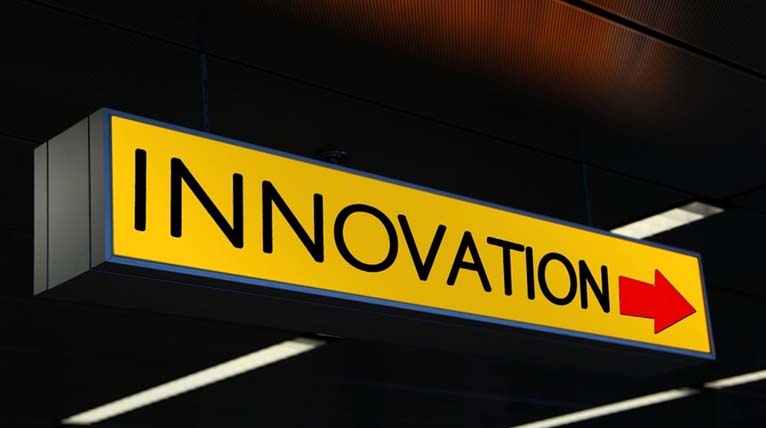I want to begin this post with a confession: I'm not a big fan of terms like "innovation" or its cousin "disrupt" when they are applied to our work as educators. They've become the buzziest of buzz words, meaning everything to everyone and thus nothing to anyone. Despite this linguistic vacuousness, however, the rhetoric of innovation dominates the narrative of higher education these days. I've been vocal in other venues about why I think this is a potential problem, particularly when institutions proceed without a clear sense of purpose. I think we could address this issue simply by designing a new model for educational innovation that places faculty and students at the center of the process (see below for more).
Given my position on this matter, then, I was intrigued by a recent invitation to present a keynote address at an education retreat for residents at Baylor College of Medicine. The subject about which they wanted me to speak? Innovation in education. I was honored and happy to accept the offer, but it also gave me the opportunity to think through exactly what it is about the nature of the innovation conversation that I find so troubling. As I prepared the talk, it occurred to me that I have two primary difficulties with the common discourse regarding educational innovation. The first of these is that there is often an assumption that innovation and technology are somehow synonymous. The medievalist in me really likes etymology, and I think the origin of the term under discussion is actually important here. "Innovo," the Latin root of "innovation," is a verb that means to renew or to make new again. There is nothing in that definition that suggests technology is the only way to achieve these ends, nor is there any indication that something needs to be unique or original in order to be deemed "new." A very successful innovation could simply be an intervention that is new to a particular context or university rather than something that has never been thought of before.
My second difficulty with the innovation narrative stems directly from that last point. Simply taking a tool or a technology or a model from somewhere else and trying to incorporate it wholesale into an environment for which it was not built does not frequently lead to the kind of innovation that creates sustainable changes in a university. In fact, we probably need to reverse this approach, because true innovation likely begins as a local phenomenon before it has the potential to be viable elsewhere.
What might a different model for educational innovation look like? Below are some of my ideas for a process that takes institutional culture and values, as well as research on teaching and learning, as the starting points before moving on to logistics. The key to this entire approach is that faculty and students need to be at the center of the process and should have input at every stage. The sustainability of any university-wide initiative of this kind depends on their support and belief in the program in addition to administrative sponsorship, encouragement, and assistance. We are fortunate here at Rice in that close collaboration of this kind is the rule rather than the exception, but I know this is not necessarily the case at other places.
The model:
- Think about goals for students in your class, department, college, university. Map out those that are most important.
- Match these with what we know about the science of learning. [For example: if critical thinking is a goal, then the research on how students build conceptual understanding would be useful.]
- Explore existing possibilities in terms of technology and other tools. Adapt and/or design as needed.
- Plan the logistics accordingly.
- Try, fail, learn, try, fail, learn...
Many plans for so-called innovations jump right to step 3 and ignore the absolutely vital work of steps 1 and 2. Some also leave out faculty and students, which--as I've noted above--is a recipe for programs that fizzle after a short time.
What is essential for the future of higher education, I think, is that we divest innovation from its rhetorical equivalency with technology, which will--in turn--allow educators a bigger role in shaping the conversation about innovation rather than tech companies. If we combine this with an intentional process that privileges local context over global trends, then we have a real chance to make a long-lasting impact on student learning.
These are just some initial ideas about a potential way forward. What do you think?
Posted on April 13, 2016 by Guest User.

